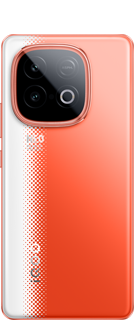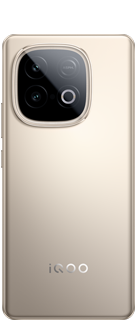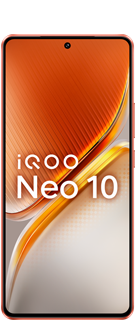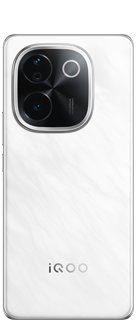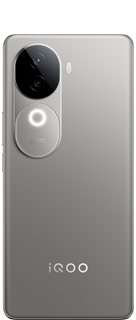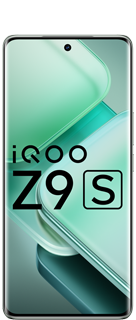CUDIMM RAM: A Revolutionary Leap in Memory Technology 💾🖴

With the relentless push for higher computing performance, memory technologies are evolving rapidly. The latest advancement comes in the form of Clocked Unbuffered DIMMs (CUDIMMs), a new standard introduced by JEDEC for DDR5 memory. Designed to address the challenges of high-speed operation, CUDIMMs represent a significant step forward in ensuring stability, data integrity, and performance at speeds of DDR5-6400 MT/s and beyond.
Understanding the Need for CUDIMMs
The evolution of DDR5 memory has brought unprecedented speeds, but this progress comes with challenges. As speeds increase, electronic noise and jitter become significant issues, threatening data accuracy and system stability. To combat this, JEDEC mandated the inclusion of a Client Clock Driver (CKD) for DDR5 Unbuffered DIMMs (UDIMMs) and Small Outline DIMMs (SODIMMs). Starting from 6400 MT/s DDR5, the CKD ensures precise clock signal generation directly on the memory module, drastically improving signal integrity.
How CKD Works
Traditionally, the processor generates clock signals, which oscillate between high and low states to synchronize operations across the system. At higher speeds, these signals can degrade, leading to skew, timing mismatches, and potential data errors. The CKD on CUDIMMs tackles these issues by:
- Regenerating and amplifying the clock signal for memory chips on the DIMM.
- Correcting the duty cycle to ensure accurate timing and reduce jitter.
- Minimizing clock skew by aligning propagation delays, keeping all components in sync.
- Phase adjustment, tailoring the clock signal timing to the specific needs of the components.
This design mimics the principles of Registered DIMMs (RDIMMs) used in servers but focuses solely on clock signal integrity, making it a cost-effective solution for consumer-grade systems.
New Classification: CUDIMMs and CSODIMMs
To differentiate these enhanced memory modules from traditional DDR5 DIMMs, JEDEC introduced a new naming convention:
- CUDIMMs (Clocked Unbuffered DIMMs): Standard desktop memory modules.
- CSODIMMs (Clocked Small Outline DIMMs): Compact modules for laptops and compact systems.
Both types are backward-compatible with existing DDR5 platforms. When used with older systems, the CKD can switch to a PLL Bypass Mode, allowing the module to operate at lower speeds (up to DDR5-6000 MT/s) without active signal conditioning.
Performance Advantages
The inclusion of CKDs brings several benefits:
- Enhanced Stability: Improved signal integrity minimizes errors, ensuring smooth operation even at ultra-high speeds.
- Data Accuracy: Essential for critical applications such as gaming, creative projects, and scientific research.
- Overclocking Potential: Reduced jitter and noise enable stable operation at speeds exceeding traditional DDR5 limits.
- Seamless Compatibility: Backward compatibility ensures smooth adoption in current systems.
CUDIMMs at Computex 2024
The introduction of CUDIMMs has garnered significant attention from memory manufacturers. At Computex 2024, companies like G.Skill, TeamGroup, and V-Color showcased their CUDIMM and CSODIMM products. Highlights include:
- G.Skill Trident Z5 CK CUDIMMs: Known for overclocking prowess, G.Skill demonstrated systems running at DDR5-10600, emphasizing the potential of CKD-enabled modules.
- V-Color High-Performance Modules: Featuring speed bins up to 9000 MT/s at 1.1V–1.45V, these modules showcase the extreme performance CUDIMMs can achieve.
- Biwin's 16GB and 32GB CUDIMMs: Designed for 6400 MT/s to 8800 MT/s operation, these modules aim to set new benchmarks for enthusiast-grade memory.
Looking Ahead
CUDIMMs and CSODIMMs represent the next phase in DDR5 memory evolution, combining speed, reliability, and adaptability. Their backward compatibility ensures a smooth transition for users, while their advanced features pave the way for higher-performance systems. Whether for gaming, professional workloads, or research, CUDIMMs promise to meet the demands of next-generation computing.
As memory technology continues to evolve, innovations like CUDIMMs underscore the critical role of signal integrity in achieving optimal performance. With JEDEC's vision and industry-wide adoption, the future of computing memory is brighter—and faster—than ever.
Signing Off!
Anil Yadav
Moderator
Please sign in
Login and share







